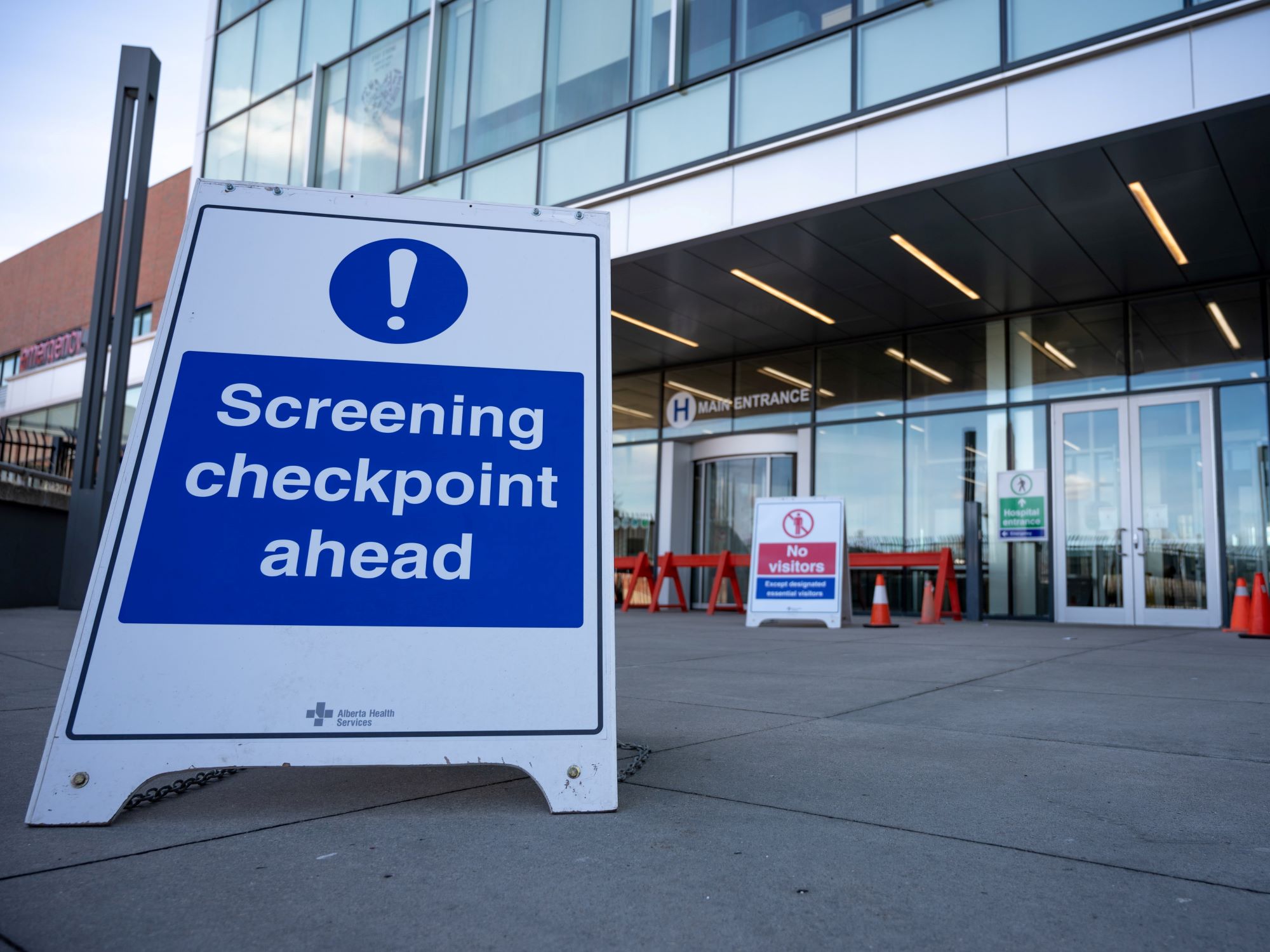

The pandemic isn’t going anywhere anytime soon—at least, not according to some top infectious disease experts, including Anthony Fauci and Michael Osterholm. Osterholm told Business Insider on Monday that “the next six to 12 weeks are going to be the darkest of the entire pandemic.” In the past few days, the number of new COVID-19 cases has broken records in many states, and infection rates aren’t slowing down.
As cases are spiking and flu season is starting, it’s just as important as ever to wash your hands, wear a mask, maintain social distancing, and simply stay home—it’s warmer in there anyway. Here’s everything else you need to know for the week ahead.
The US saw 69,000 new COVID-19 cases on Friday
On Friday, the United States reported 69,000 new coronavirus cases—the highest number of new cases the country has seen in a single day since July.
At least seven states had their highest numbers of new cases in the past two days. In Wisconsin, for example, one out of every four tests is coming back positive, and public health officials are urging people to stay home and avoid social gatherings. Eight hospitals in Kansas City have had to turn patients away due to capacity. And after two consecutive days of record-breaking new cases and hospitalization, New Mexico’s governor Lujan Grisham acknowledged the state’s failure to contain the virus, and called the pandemic “the most serious emergency that New Mexico has ever faced.”
Right now, public health and government officials across the country are still urging people to follow health and safety protocols, even as the country continues to reopen. Since the beginning of the pandemic, there have been more than eight million total cases, and that number keeps climbing. As of right now, director of the National Institute of Allergy and Infectious Diseases Anthony Fauci says there are no plans on the federal level to institute a national lockdown.
Coronavirus transmission doesn’t decrease in warm weather
A new study published in Nature this week found that changes in weather patterns can’t predict how the novel coronavirus will spread.
The study looked at viral transmission near the beginning of the pandemic in several cities in China, some of which are in tropical climates and others which are in cold, dry areas. The researchers took into account COVID-19 case counts, weather conditions, domestic travel patterns, and government-imposed lockdowns. However, they did not find a direct link between weather and coronavirus transmission.
Before the pandemic hit, scientists already knew that warm weather conditions inhibit the spread of influenza, so it only makes sense that people initially assumed the novel coronavirus may behave the same way. Higher temperatures and plenty of ultraviolet radiation from the sun mean the virus can’t survive outside our bodies for long. However, these study results help to explain why coronavirus transmission did not decrease over the summer. COVID-19 may someday follow seasonal trends in the same way, but for now, at least, the virus doesn’t seem to follow that pattern.
The Sturgis Motorcycle Rally may have caused huge outbreaks in the Midwest
A 460,000-person motorcycle rally in Sturgis, South Dakota in August may be the cause for large coronavirus outbreaks in the Midwest, according to a report from the Washington Post.
As of mid-September, 330 cases and one death were directly linked to the rally, but these numbers are likely extremely deflated due to the fact that South Dakota health authorities did not carry out contact tracing for people at the rally, particularly those who traveled long distances from neighboring states to attend. In fact, South Dakota had imposed no restrictions or limitations on gatherings at all, which is why this event—the largest public gathering in the United States since the beginning of the pandemic—was permitted.
At this point, it’s impossible to tell exactly how many outbreaks occurred as a result of the Sturgis rally; all we know is that beginning a few weeks after the event, South Dakota and its neighboring states saw steep increases in coronavirus case numbers, and that those trends have continued. Many cases that were likely related to Sturgis were not counted as such, including a cluster at a wedding where the original spreader had attended the rally.
8 million Americans fell into poverty during the pandemic
Since the beginning of the pandemic, eight million Americans have fallen into poverty, according to a new study out of Columbia University. Six million of those people fell under the poverty line in the past three months alone.
The lockdowns and restrictions placed on businesses and public gatherings in an attempt to contain the spread of the virus put millions of people out of work. While restrictions have been lifted at various levels in many states, people are still suffering from the economic effects of the pandemic. Zach Parolin, an author of the study, said that the one-time federal stimulus check of $1,200 and additional $600 of unemployment a week initially saved 18 million people from poverty, but since payments ended at the end of the summer, that number dropped to only four million.
Currently, talks for a new coronavirus stimulus bill are at a standstill. House Speaker Nancy Pelosi gave the White House a 48-hour deadline last night for reaching a deal on a new stimulus package after criticizing the last plan for being too weak to actually help Americans. The deadline is critical if the current administration is going to complete a deal before the election. Meanwhile, millions of Americans are still unemployed and are no longer receiving the extra $600 a week provided by the first stimulus bill, with the end of the pandemic nowhere in sight.
